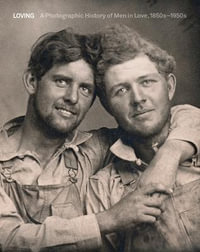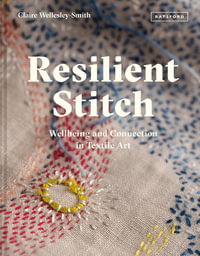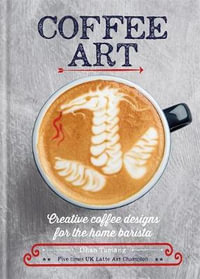A crisis in historical representation unfolded in French visual culture in the first half of the nineteenth century, reaching its climax at the Paris Universal Exhibition of 1855, when artists and critics alike came to a troubling realization: depictions of past heroes that had once held exceptional influence over their viewers now left the public indifferent.
This book shows that underneath this crisis was a mounting demand for empirical observation in art, and an emergent modern epistemology that posited the past as foundational and yet inaccessible to the physically and historically specific individual. Since neither the painter nor the viewer could have actually experienced a bygone historical incident as it unfolded, was history painting even feasible in modern times? When historical representation seemed all but impossible to critics and artists of various hues, Gerôme came up with a momentous solution. A small group of paintings constitute the focus of this provocative study on the artist's early work, whose pivotal role in Gerôme's oeuvre as well as in the broader history of modernization of art have been so far unrecognized in art historical scholarship. In these, the artist charted a new roadmap for the art of painting in response to the modern sensibility of history.
Industry Reviews
Reviews
'Based on solid research, this exciting work takes the subject forward in a new and interesting direction, making a valuable contribution to scholarship.'
Dr Patricia Smyth, University of Warwick
'An important, powerfully-argued book that reinserts Gerome back into the pictorial mainstream of the 1850s and 1860s, even as it also makes the case for the original, searching, and ambitious character of Gerome's art at a decisive moment of his career. A welcome intervention that essentially rewrites the career of a still controversial artist, now back in the public eye.'
Marc Gotlieb, Williams Graduate Program in the History of Art
'Guelru Cakmak's book offers intriguing insights and a demonstration of the power of close analysis.'
Beth S. Wright, H-France Review
'Both methodologically and in terms of content, this latest contribution to the study of academic art in the 19th century is convincing and provides important impulses for the in-depth analysis of works of art that only seem to be accessible at first glance.' (Translated from German.)
sehepunkte
'Guelru Cakmak's book on the French artist Jean-Leon Gerome was a joy to read. It is the first monograph that I have read that engages seriously, thoroughly, and deeply with Gerome's academic paintings. [...] The book will be an indispensable go-to study for all subsequent scholarship on Gerome and on European history painting.'
Nina Lubbren, caa.reviews
























